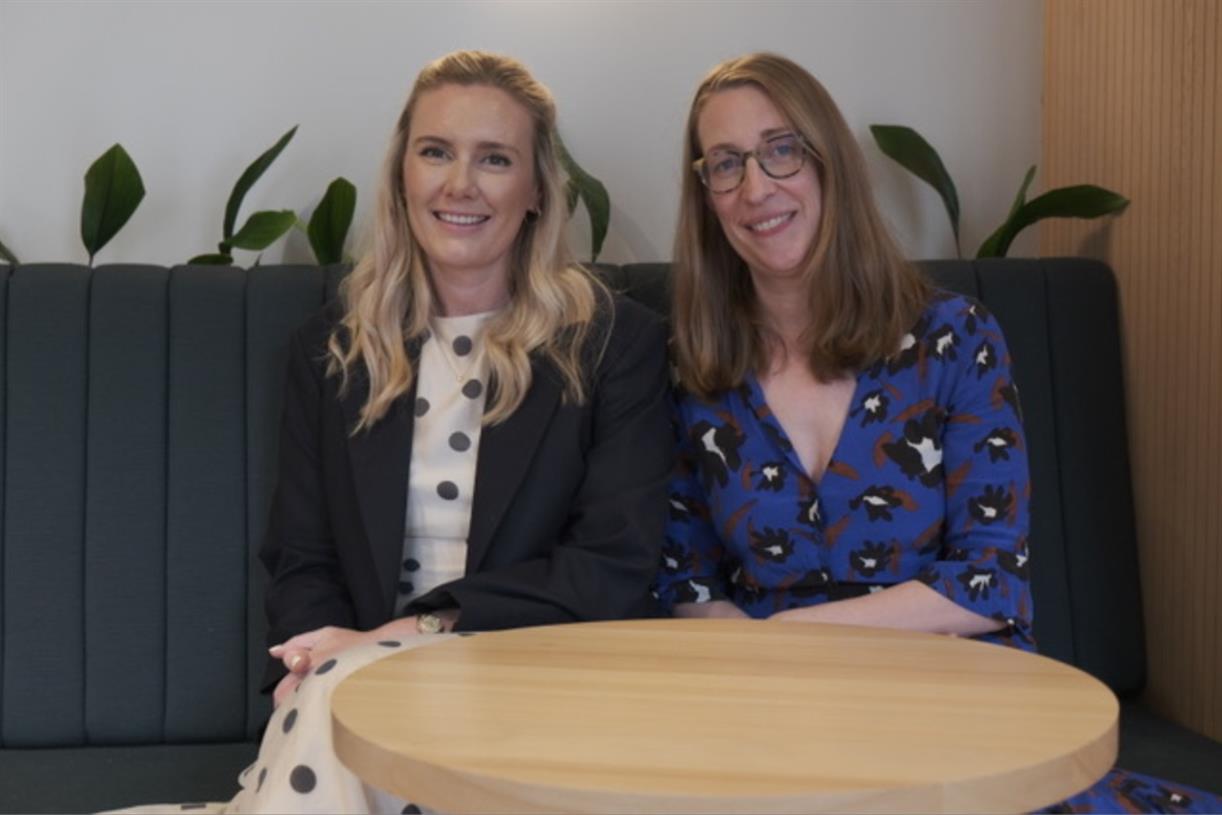How work and personal habits meld, and why marketers must respond
There has been a fundamental shift in how people switch between professional and personal interests throughout the workday, and marketers must respond.

The most anticipated soccer tournaments, or football as it’s known globally, are here and for the first time ever, is occurring at the same time as key holiday shopping days. The convergence of these two things will amplify a trend we are seeing with consumer behavior, as people will be lured from their workday into more personal activities. While timing seems to be the connection between these two distinct events, a new consumer trend is in fact behind it. In short, the world has seen a fundamental and permanent shift in how people spend time during the workday, as we have switched seamlessly between professional and personal activities, impacting behaviors during the work time.
Those marketers stuck in their pre-pandemic strategies risk missing the shift in this behavior taking place at the intersection of work and life, and could see their competition get ahead of them.
Cast your mind back to your pre-pandemic workday. Like most consumers, you would probably split your time, your tasks and your mindset between one of two camps, your “work life" and your “home life.” The last decade or so may have seen more flexibility creep into the workplace, but up until early 2020, marketers could still rely on a clear divide between work and play for most consumers. Working and shopping were mostly mutually exclusive.
Then the pandemic hit and the lines blurred irrevocably, giving rise to an entirely new consumer behavior. This is one of the conclusions of new research by Forrester Consulting, commissioned by Microsoft Advertising, which heralds the rise of the “‘Workday Consumer.”¹
The Workday Consumer has logged in
By surveying more than 5,300 employed consumers around the world, Forrester revealed that 59% consider their work and personal tasks to be of equal importance during their work time. Almost two-thirds (62%) regularly research or purchase products and services during the workday and 44% expect to increase this behavior in the next 12 months.
The research also shows that 58% of consumers in Canada, 49% of consumers in the U.S. and 60% of the consumers in the U.K. are all using their work devices and applications for personal tasks. In fact, 41% of Canadian and U.S. consumers along with 25% of U.K. consumers watch sports on their work PCs.² The categories that also appear to be top of mind during work time are usually high-consideration purchases such as luxury goods, appliances and electronics, items that are on top of the gifting list.
This data is reflected in the trends we see at Microsoft. Windows powers over 1.4 billion monthly active devices, and time spent on these devices is up 10% over pre-pandemic levels.³ The PC is a powerhouse for the Workday Consumer, and despite the rapid growth of mobile commerce, 56% of online retail sales are predicted to occur via PC in 2024.⁴
Switching off digital marketing autopilot
Those savvy to the Workday Consumer’s mindset and behavior can score significant competitive advantages by meeting these new consumers where they are. But this won’t happen by accident; it will take a fundamental re-evaluation of your strategy, including your platforms and personas and how you are dividing your budgets across each.
Surprisingly, 67% of the 1,301 marketing and advertising decision makers also included in the Forrester study rate their companies as only intermediates or novices at developing in-depth targeted personas. More concerning still, 60% indicate that their companies do not consider mindset when developing personas.
Marketers can’t rely solely on the demographic targeting of yesteryear—they must incorporate the consumer’s mindset into their advertising strategy, and this is where a performance marketing audience network may offer a solution. For example, the Microsoft Audience Network enables advertisers to exclusively access 20 billion daily cross-screen signals, including LinkedIn. As a result, people exposed to Microsoft Audience ads are three times more likely to search for a brand.
At Microsoft Advertising, we’ve been building the platform and tools to help do just that. We bring an audience of over 1 billion people who turn to Windows to get things done, from browsing and searching to learning, gaming and shopping.⁵
Digital marketing must operate at the intersection of work and life, including important advertising moments such as world-renowned tournaments and holiday shopping. More than half (51%) of the research respondents indicate that their online purchases made during work time have increased since the start of the pandemic. Your customers have moved on. Have you?
To find out more about how to attract, convert and retain the Workday Consumer, tune in here: The workday consumer has logged in - Microsoft Advertising.
Sources
¹ : The Workday Consumer Has Logged In, a commissioned study conducted by Forrester Consulting on behalf of Microsoft, February 2022.
² : GWI Q1, 2022, Microsoft Advertising audience compared with the average internet user.
³ : “Global PC shipments pass 340 million in 2021, and 2022 is set to be even stronger,” Canalys, 2021.
⁴ : “Forrester Analytics: Search Marketing Forecast, 2019 To 2024 (U.S.),” Forrester Research, Inc., March 4, 2020.
⁵ : Microsoft internal data and comScore data, March 2021.

 Astrong
Astrong 































